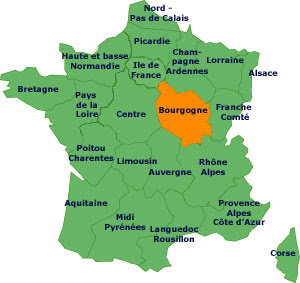This Stilton tart is a holiday crowd pleaser
Let me start by saying it’s blue. If you’re not a lover
of blue cheese than read no further.
However, if you are enamored with the blues then look no further for a
holiday splurge. Stilton is the King of cheeses and this savory tart is very special.
Stilton comes from the area of Robin Hood’s Sherwood
Forest, England’s central region.
Unlike Roquefort and Gorgonzola which are both made from sheep’s milk,
Stilton is 100% cow’s milk. All three of
these well-known blue cheeses, however, rely on the same organism to create
their characteristic blue-green veining:
penicillium roqueforti. Of all of the world’s blue cheeses, Stilton
has the lowest water content, as well as the lowest salt. On the other hand, Stilton also has the
highest amount of fat and protein which means that it’s the richest and
creamiest of all of the blues. No wonder
I love it so.
My favorite Stilton recipe is a scrumptious tarte that I was served at a smashing restaurant in Bath, England over 30 years
ago. I managed to get my hands on the
recipe and it has been a standard ever since in my home, especially during the
holiday season. This Stilton tart,
along with a simple green salad and a big red that can hold up to the cheese
(think Cabernet or Amarone), could easily make sugar-plums dance in your
head. The recipe can easily be made the
day before, and any left-overs can be frozen for another winter’s feast. The dish can be served warm or at room
temperature.
STILTON
TOMATO TART (serves
10 as a first course)
Preheat
oven to 425 degrees
Ingredients for Pastry Dough
1 cube of butter cut into small pieces
1.5 cups flour
½ teaspoon salt
1 egg yolk (+ another whole egg for sealing the crust
AFTER the shell has baked)
1 teaspoon lemon juice
Ingredients for Tart Filling
2 shallots
2 medium tomatoes, peeled, seeded and thinly sliced
½ pound Stilton
2 eggs
2/3 cup heavy whipping cream
1/8 teaspoon nutmeg
½ teaspoon salt
Salt and pepper to taste.
Directions
for Pastry Dough
Put flour, salt and butter pieces into food processor fitted
with a steel blade. Process just until
all ingredients are mixed. With food
processor running, add liquids (egg yolk, lemon and water) a little at a
time. Stop when pastry forms a
ball. Do not over process or dough will
be tough.
Place formed dough on wax paper, flatten it, wrap it
and chill for at least 20 minutes. On a
flour surface, roll to 1/8 inch thick.
Place on a 10 inch round flan ring or pie dish. Crimp edge.
Prick bottom of shell with fork and chill for another 30 min in frig.
Line shell with wax paper and then add dried beans or
dried rice and bake in lower third of preheated oven. Carefully remove the beans or rice and wax
paper (can be used in another dish).
Return shell to oven. Bake for another
10 -15 minutes until it is lightly colored.
Remove and brush the shell with an egg wash made by
lighting beating an egg with a tablespoon of water. Bake the shell for 2 more minutes to set the
glaze. Cool shell on a rack.
Lower
oven to 375 degrees.
Tart
Assembly
Mince 2 shallots and sprinkle evenly over the bottom
of the cooled shell. Top shallots with an overlapping layer of tomatoes. Crumble
Stilton evenly over tomato layer.
In a bowl lightly wisk remaining 2 eggs, whipping
cream, nutmeg, salt and salt and pepper to taste. Pour custard into the shell and bake for
20-25 minutes until the top is lightly golden and the filling is just set.
Bon Appetit!



























